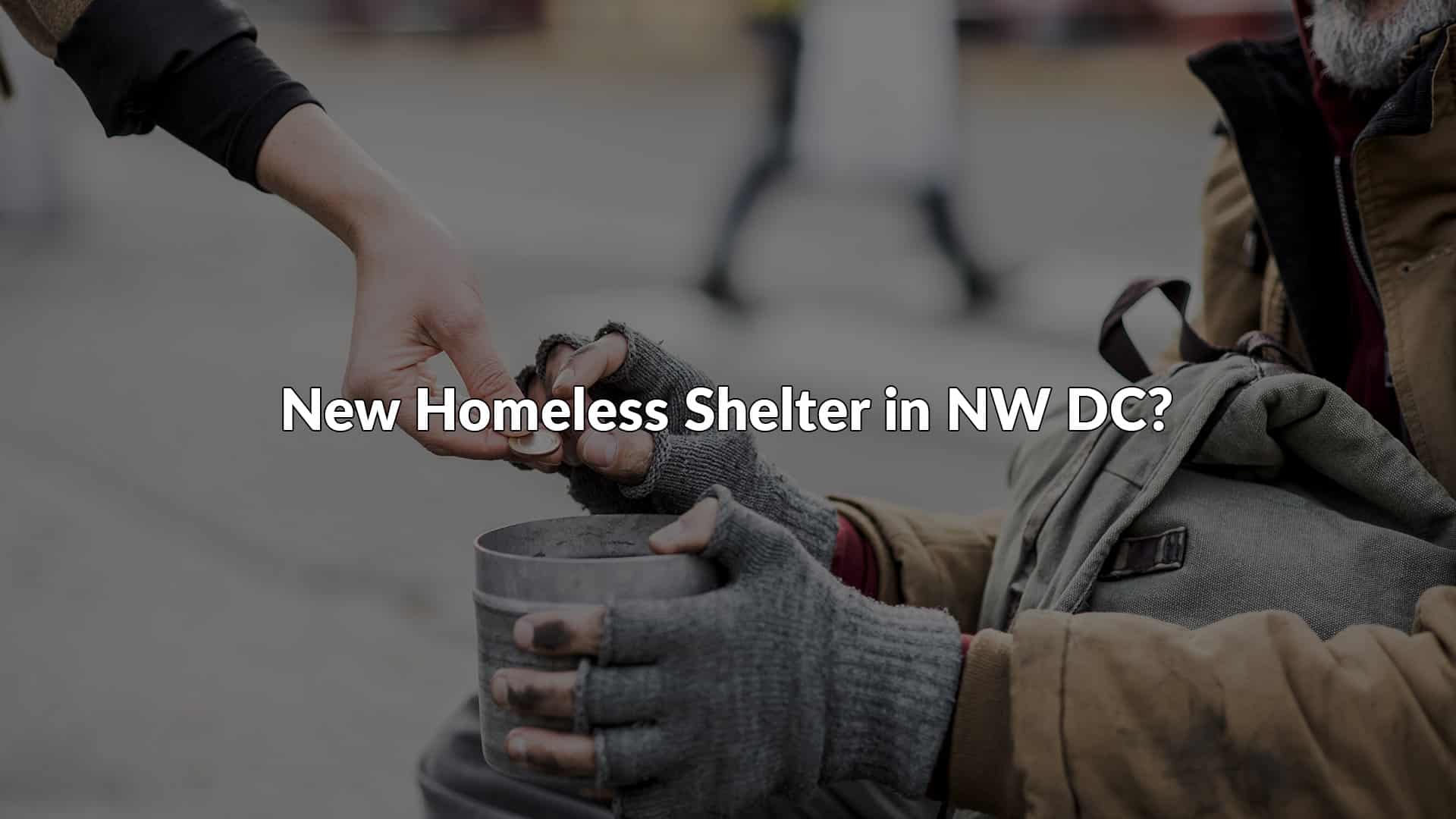Instead, the gang members trafficked the victims to several states, including Alaska, Hawaii, Florida, and Texas; branded them with tattoo bar codes and the names of their gang member pimps, and forced them to perform sexual services for clients in exchange for food, shelter, and protection. During the raid of the gang, law enforcement discovered sixty trafficked females, eleven of which were children.
The Internet is increasingly being used as an easy way for traffickers to recruit women, children, and men into forced commercial sex. It is time for anti-trafficking organizations and law enforcement officials to work in conjunction with social networking websites to raise awareness of human trafficking recruitment through social media. Additionally, social media sites should begin monitoring their websites much more closely for these types of actions due to the fact that their sites are being directly used for the recruitment of trafficking victims, including children.
Although January was National Slavery and Human Trafficking Prevention month; it did not receive much national attention in the media. National Slavery and Human Trafficking Prevention month would have been an ideal time for creators of social networking sites to offer insight into the dangers of human trafficking and the enticing ways in which women, children, and men are recruited.
Traffickers will continue to use social networking sites until these sites begin to take responsibility for their roles in enticement. For instance, while Facebook has stated that they work with Interpol and regularly view the content of users photos for inappropriate activity, a spokesman for Facebook stated that, although they take human trafficking very seriously, “this behavior is not common on Facebook.”
However, Facebook has not created a comprehensive plan to address the recruitment on human trafficking victims on their website. While social media sites such as Facebook, Twitter, and Instagram do not directly promote human trafficking, they can play a role in prevention and raising awareness. . These sites must first acknowledge their role in the recruitment of human trafficking victims, then take a firm stance against the act, and finally play an active role in preventing recruitment on their sites.
For more information on this topic, please check out these articles:
http://abcnews.go.com/US/wireStory/gang-targeted-san-diego-sex-trafficking-charges-21470097
http://www.denverpost.com/breakingnews/ci_24875675/feds-san-diego-gang-runs-vast-prostitution-ring
http://www.huffingtonpost.com/2012/10/29/facebook-sex-trafficking-_n_2036627.html
By Kayla Faulkner



